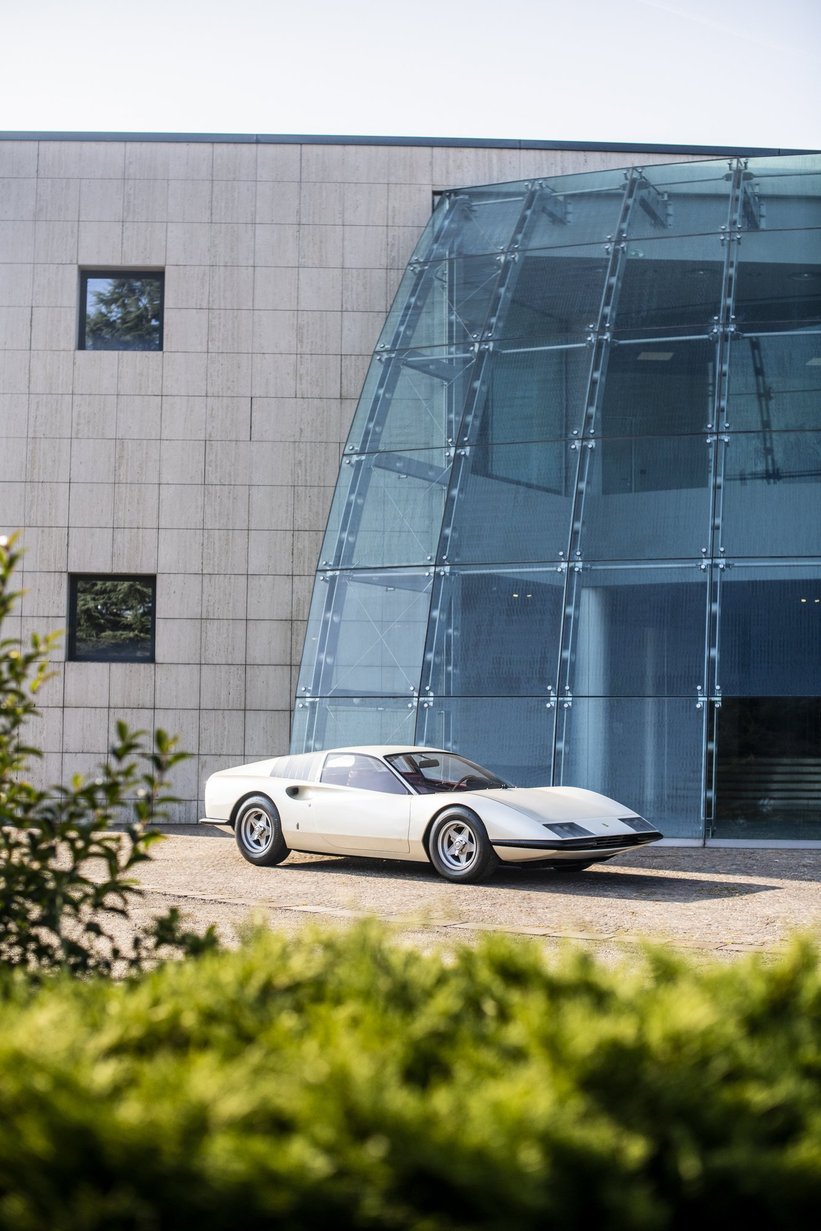
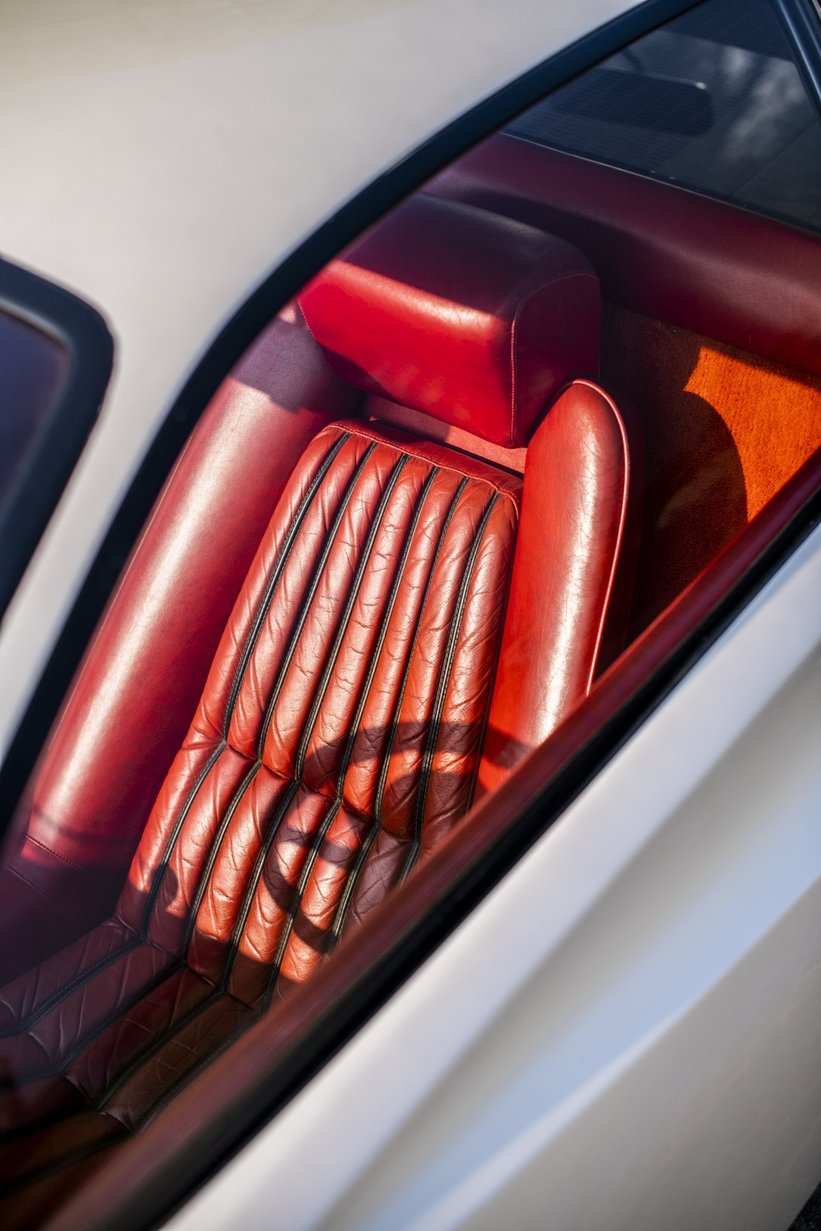
The late 1960s in Italy were a time of revolution. After the economic boom of the post-war years, the Southern Italian workers at Fiat’s fast-growing factories in Turin were rebelling for better working conditions and their fair share of the company’s success, proclaiming "Vogliamo Tutto" – we want it all. Meanwhile, the status quo of the automobile was questioned as well: as racing engines were moving from the front to the center of the cars to improve balance and increase performance, young car designers like Giorgetto Giugiaro, Marcello Gandini and Leonardo Fioravanti were aiming to replace the organic, voluptuous shapes that had been hailed as the epitome of automotive elegance and beauty for decades with their radically futuristic and geometric visions for the cars of tomorrow.


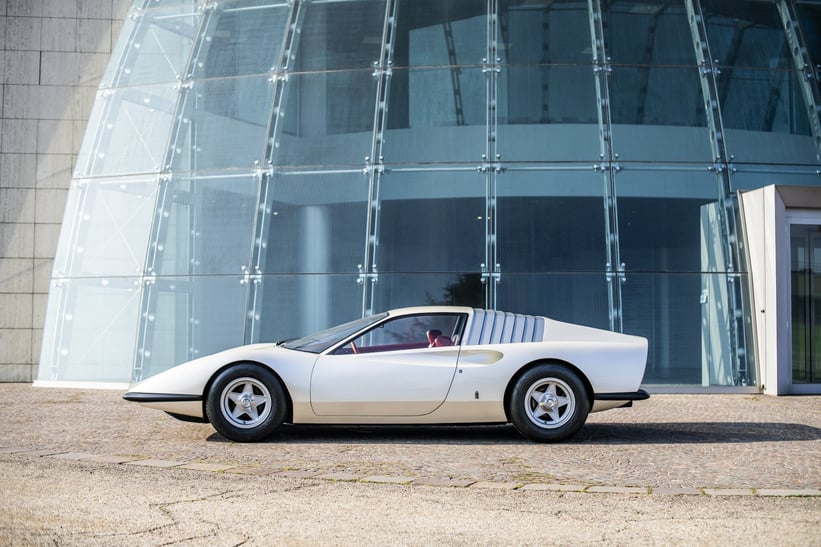
Drastically flat and angular, the new, wedge-shaped concept cars from Italy’s leading design studios, Bertone and Pininfarina, stunned across the globe with their otherworldly appearances and razor-sharp lines. In 1968, Bertone first dropped the microphone at the Paris Motor Show when they unveiled Marcello Gandini’s Alfa Romeo Carabo concept – a stunning departure from the curvacious 33 Stradale that had launched just two years earlier. Some weeks later, Pininfarina presented the Ferrari P6 Berlinetta Speciale in Turin. Penned by Leonardo Fioravanti, the prototype abandoned Maranello’s trademark proportions of endless bonnets and flowing curves for a more compact, flat and sharkish silhouette that stunned traditionalists – but was about to change Ferrari’s design language for good.
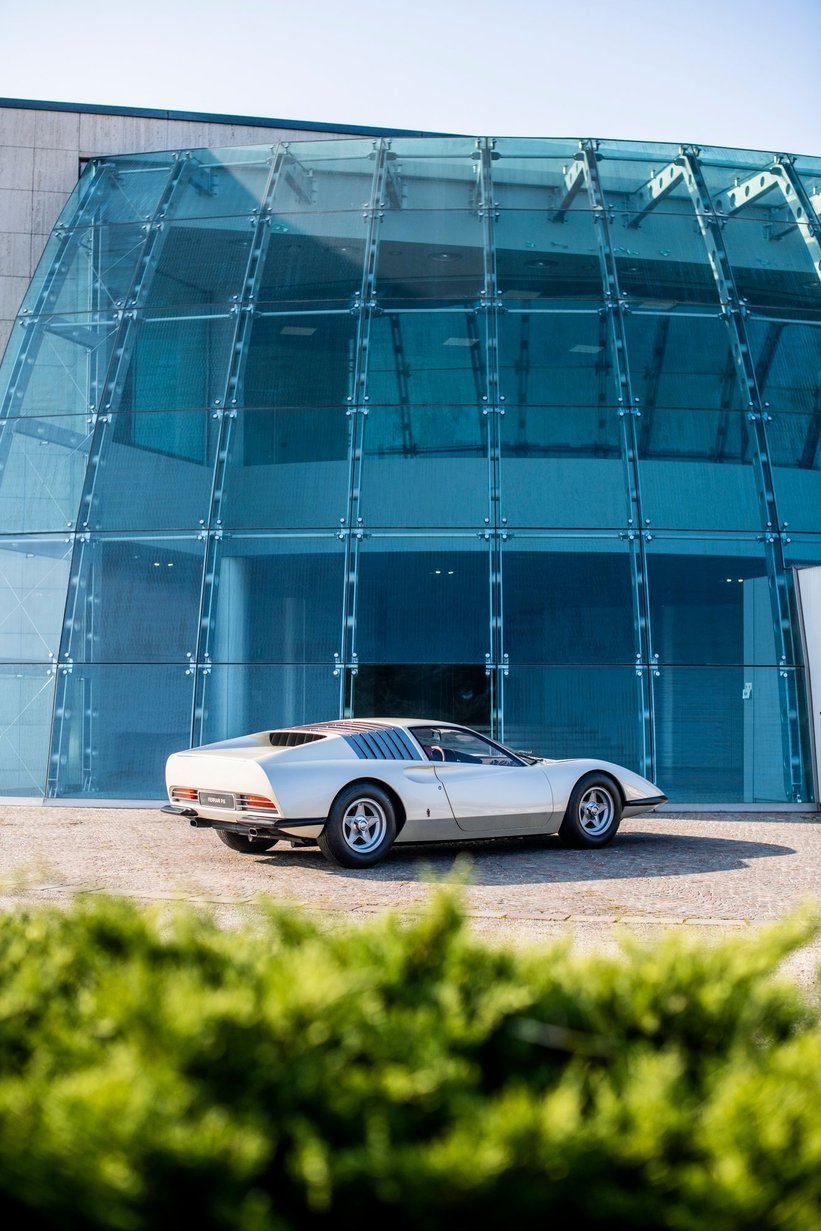
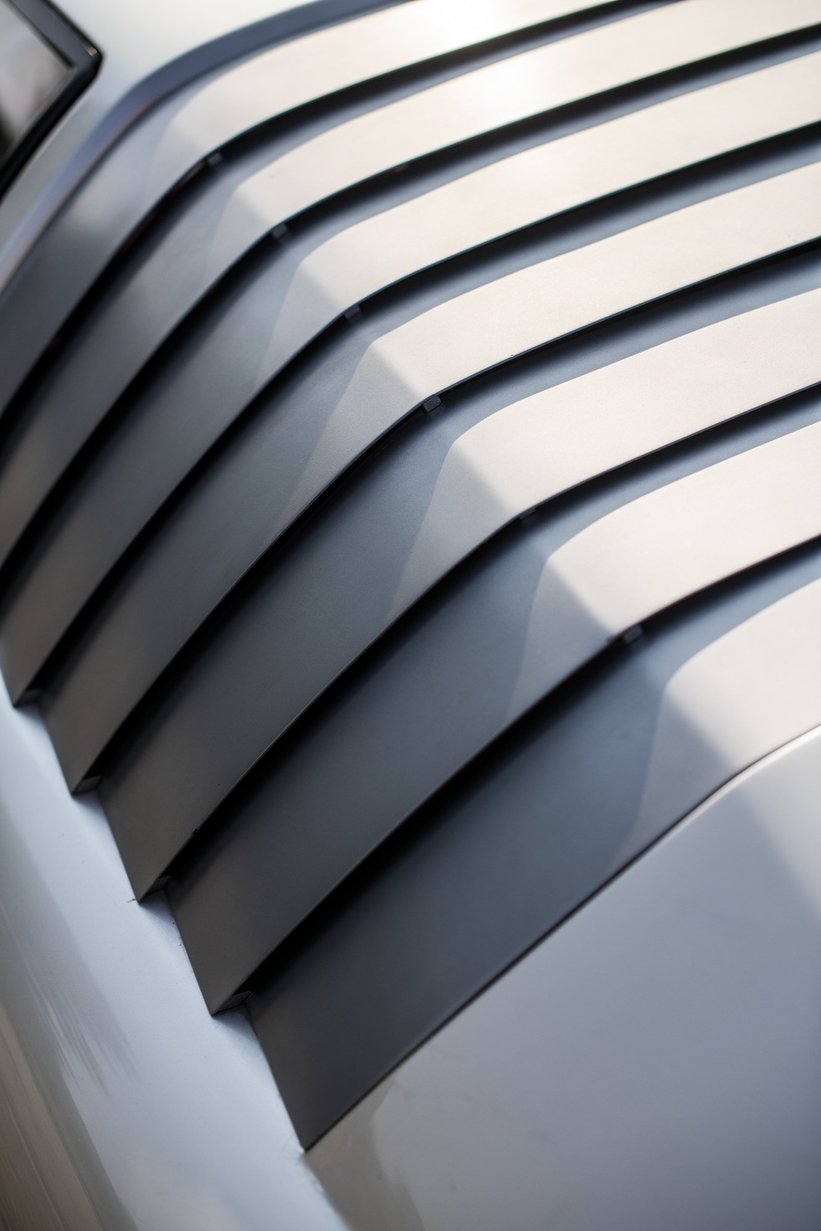
After graduating from the Politecnico di Milano as a mechanical engineer specialized in aerodynamics and car body design, Leonardo Fioravanti had joined Pininfarina in 1964 at age 26 and quickly left his mark on the Turin design studio’s most important client. Together with fellow stylist Aldo Brovarone (who had already laid the groundwork with his stunning Dino Berlinetta Speciale concept in 1965), Fioravanti designed the Ferrari 206 GT “Dino” which launched as Maranello’s first mid-engined sportscar for the road in 1967. The Dino had changed the game in terms of architecture, but aesthetically it was still rooted in the voluptuous bombshell shapes of the 1960s. The first hint of a more angular, contemporary design language emerged one year later when the Ferrari 365 GTB/4, nicknamed the ‘Daytona’, made its public debut at the 1968 Paris Auto Salon as the successor to the Ferrari 275 GTB/4. With its sharp edges and flat, covered headlights, the Daytona introduced a whole new look to the Maranello catalogue – but in contrast to its closest rival, the Lamborghini Miura, it still carried it’s heavy Colombo V12 in the front.
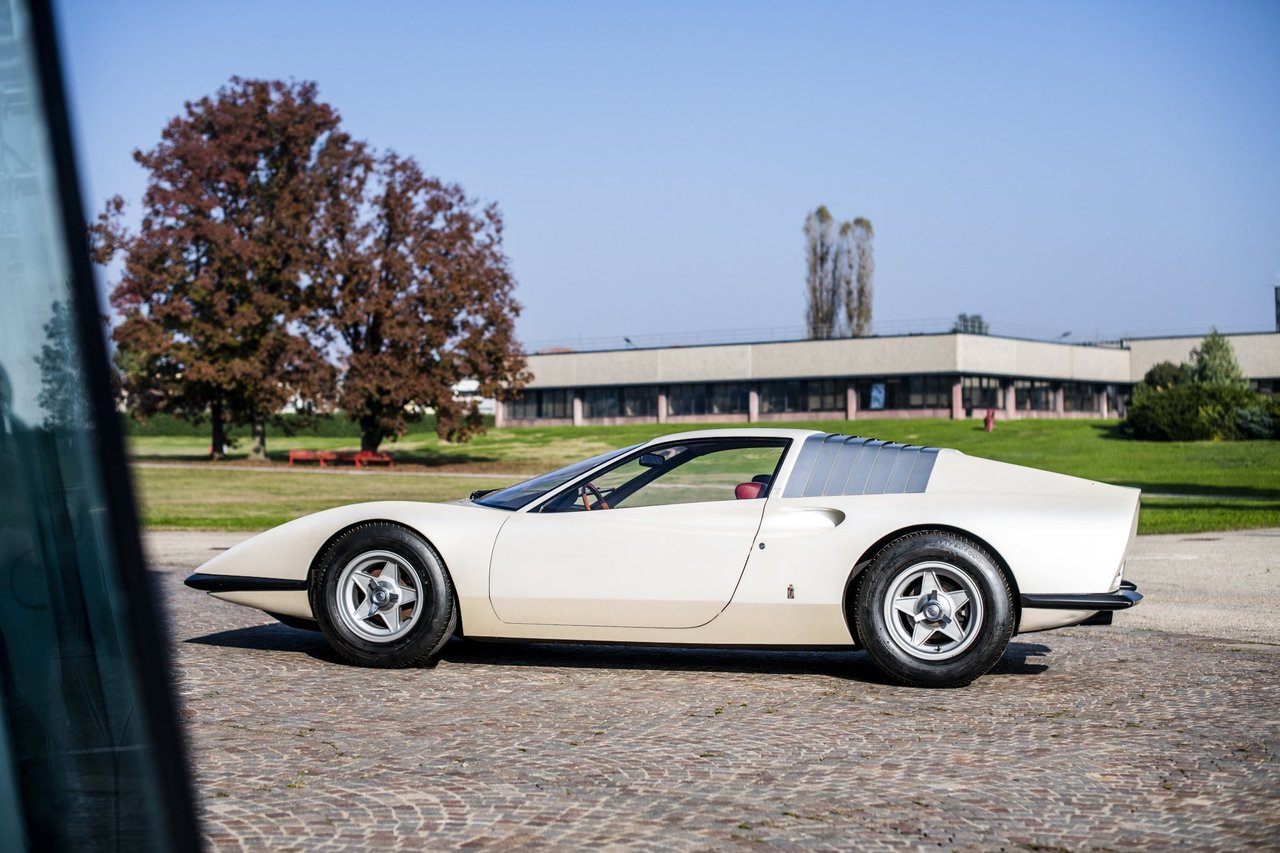
Meanhwile, Leonardo Fioravanti and the team at Pininfarina where already two steps ahead: for the Turin Motor Show, the designers had combined the modern mid-engine layout with the wedge shape of the hour, creating the blueprint for all modern Ferrari road cars until this day. The P6 Berlinetta Speciale, as the prototype was called internally, introduced a very sharp, flat and elegant nose featuring rectangular Carello lights and a blade-like grille, cab-forward proportions, clean flanks with just a hint of muscularity around the rear haunches, and a low, wedge-like stance. Meanwhile, the rear deck dropped away almost abruptly, allowing for a Kamm-style tail that hinted at downforce before it was fashionable.
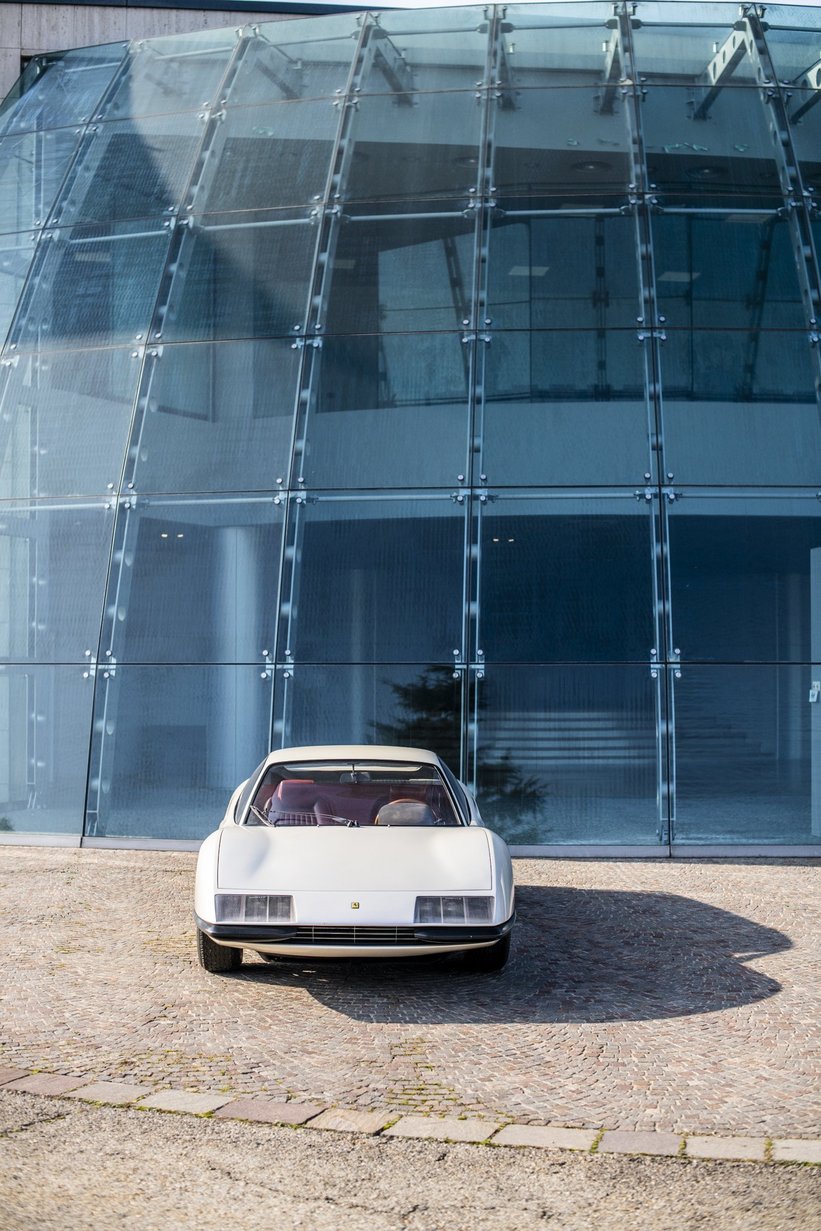
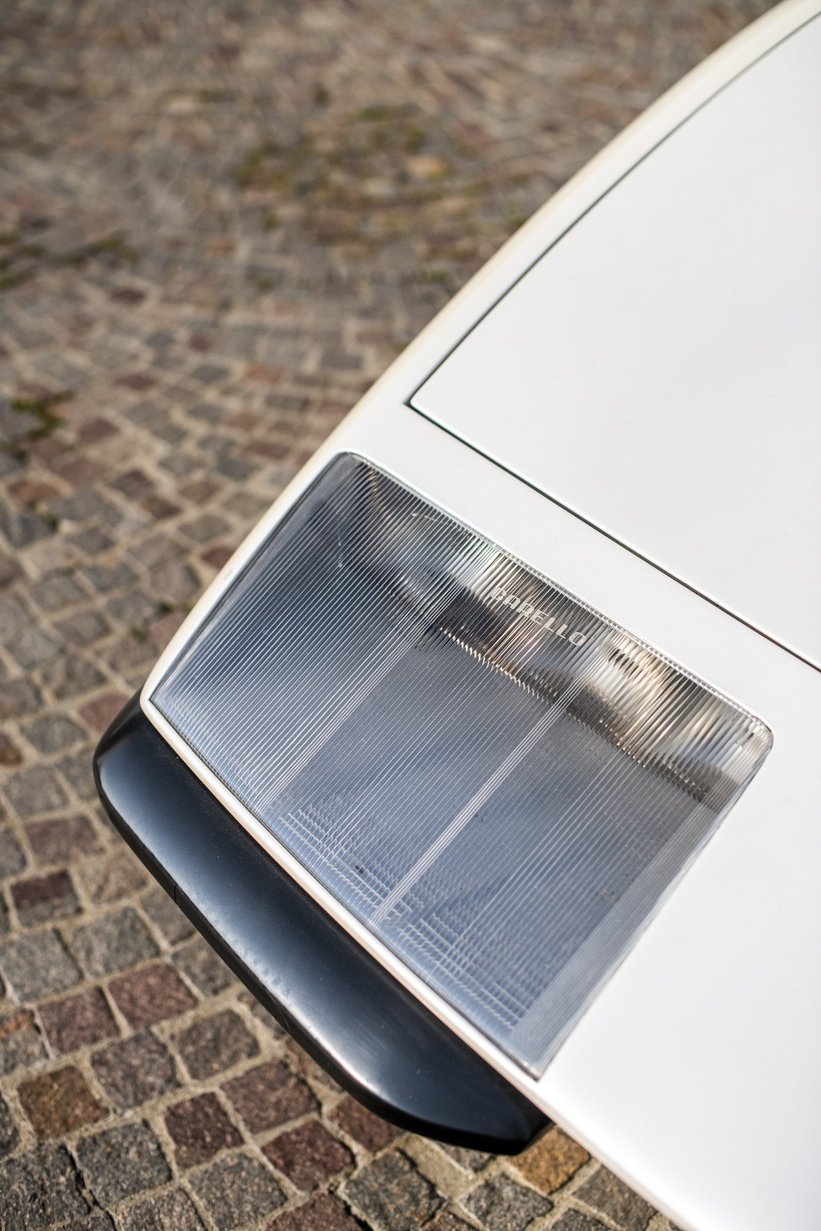
The P6 signaled a new kind of Ferrari — one where the engine sat behind the driver, and the car was shaped not by nostalgia, but by wind, speed, and modernity. It was Leonardo Fioravanti’s idea of the future: a low, sharply sculpted berlinetta with a sense of poise and restraint that felt entirely new for Ferrari. Gone were the voluptuous curves and baroque flourishes of the 1960s; in their place, a taut, angular silhouette that prefigured the aerodynamic obsession of the decades to follow.
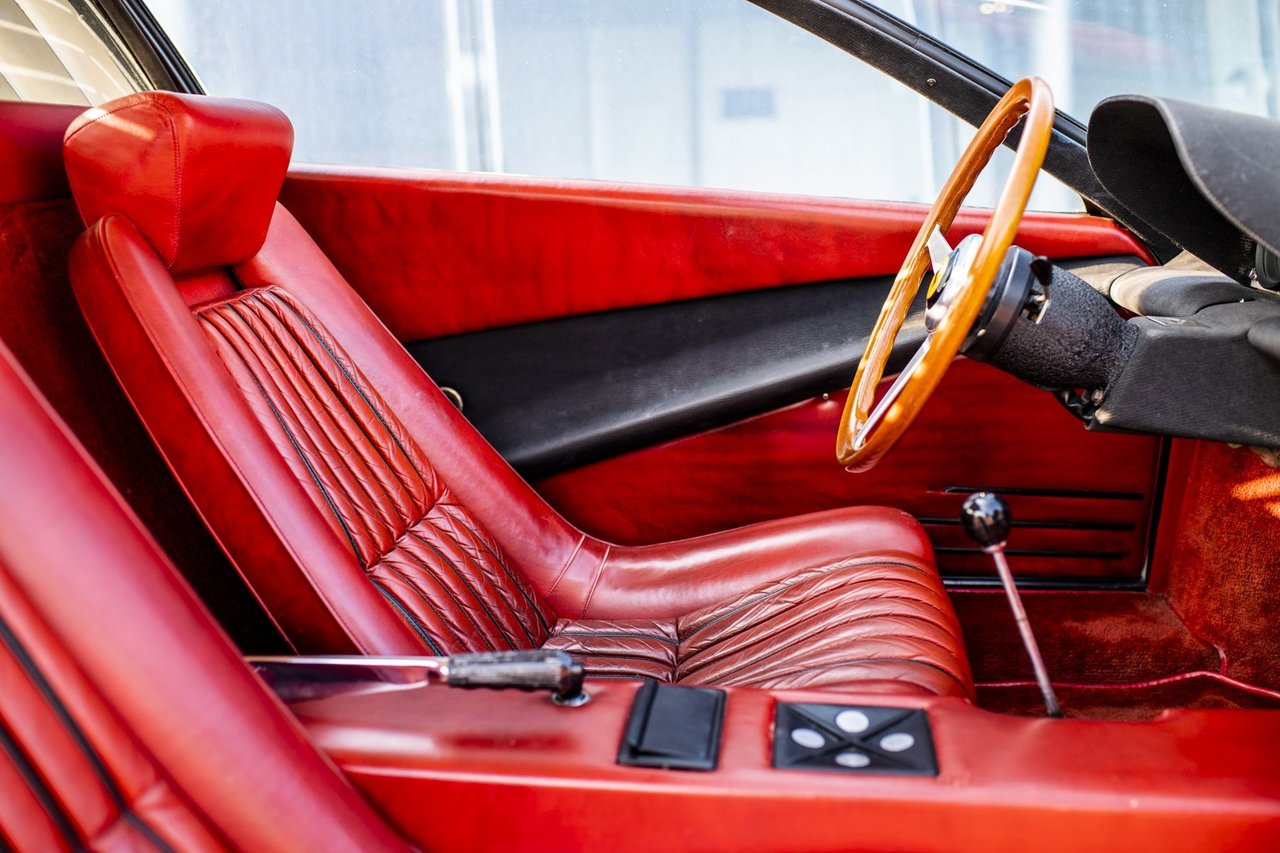

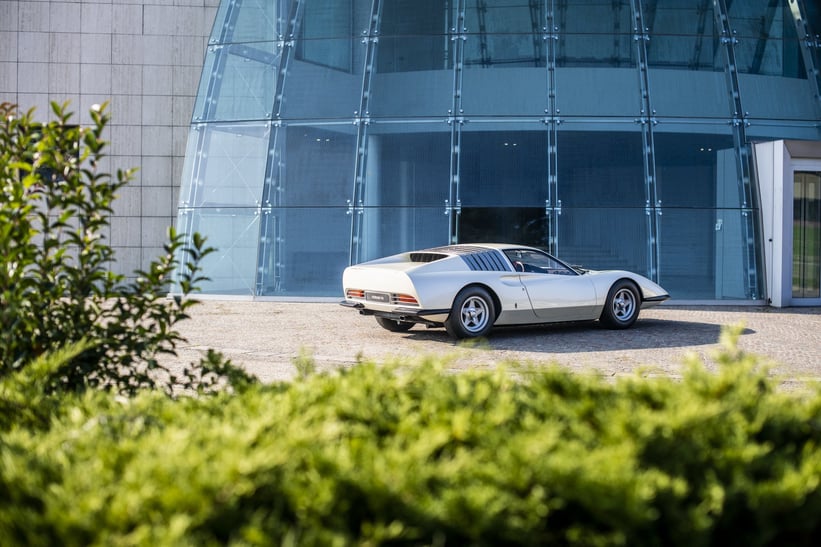
Though it remained a one-off, the P6's impact on Ferrari's design language was profound. It served as a blueprint for what would soon become the Ferrari 365 GT4 BB — the first in a lineage of Berlinetta Boxers that would define Ferrari’s flat-12 mid-engined era. And it wasn’t just the packaging that survived: Fioravanti’s design cues — his sense of balance, his minimalist surfaces, his ability to merge aesthetics with aerodynamics — would go on to influence the 308, the 512 BB, the Testarossa, and even the 288 GTO. Even today’s hypercars from Maranello still clearly carry the design DNA that was defined by Leonardo Fioravanti more than half a century ago.
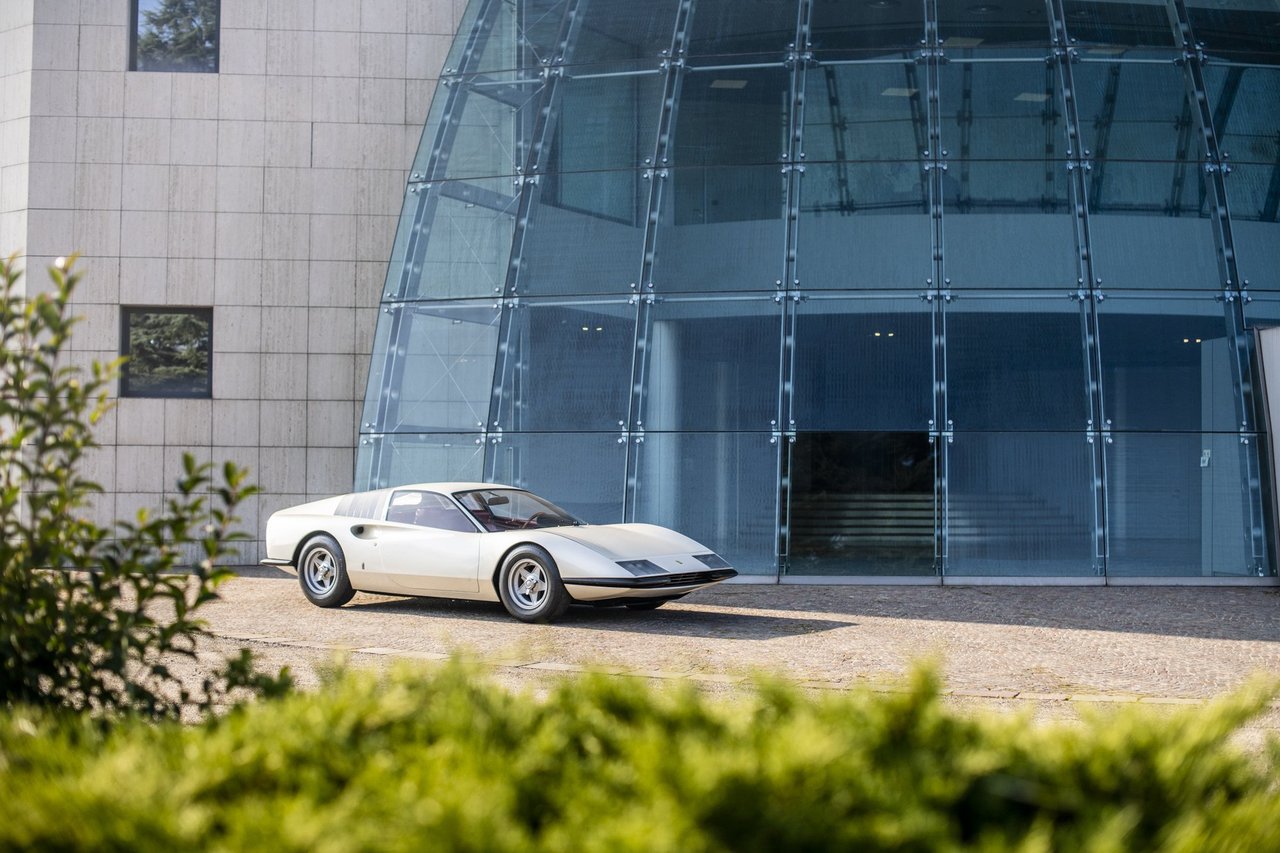
In many ways, the P6 was Fioravanti’s Rosetta Stone, a cipher through which the entire visual language of modern Ferraris could be read. From the moment the car was unveiled at the Turin Motor Show, it was clear that a new design era had begun — cooler, more calculated, and yet no less seductive. Today, the P6 Berlinetta Speciale remains something of a cult object, known mostly to historians and design aficionados. But to understand the direction Ferrari would take throughout the 1970s and beyond, one must start here, in the hushed corridors of Pininfarina, where a young Leonardo Fioravanti quietly redrew the future.
Photos: Rémi Dargegen for Classic Driver © 2025






































































